Cultural Heritige
East Serbia

Roman Milestone
In the center of Bela Palanka is a well-preserved mile marker, a kilometer reader dating from the beginning of the third century AD. The stone column is 2.4 m high and is well preserved.
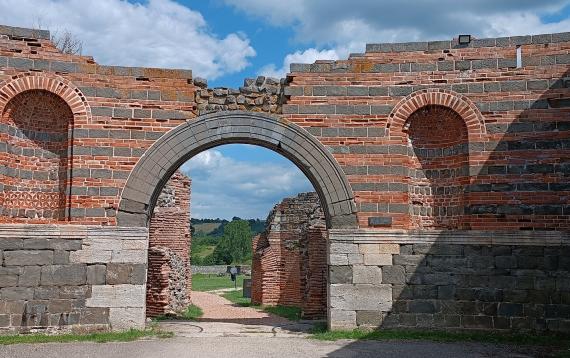
Felix Romuliana
The archaeological site of Felix Romuliana - Gamzigrad is part of the National Museum of Zaječar and since 2007 it has been included in the UNESCO list of world cultural heritage.
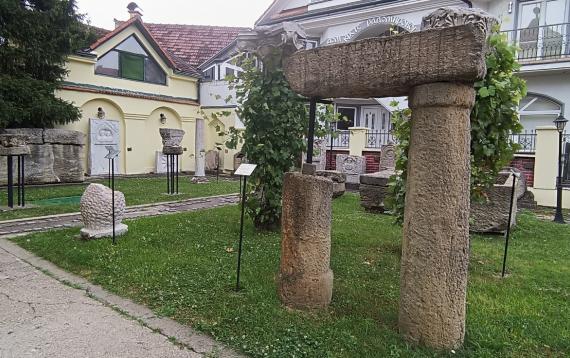
Museum of Krajina
For almost 90 years, the Museum of Krajina has preserved evidence of the rich history and traditions of the Negotinska Krajina. One of the first complex museums south of Belgrade faithfully portrays the complex historical events and personalities of this region - from the hero of the First Serbian Uprising Hajduk Veljko to the most important local composer Stevan Mokranjac.
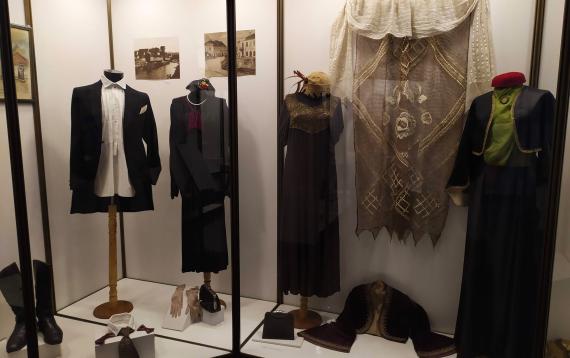
Homeland museum Knjaževac
The Homeland Museum of Knjaževac was founded with the aim of collecting, preserving, scientifically processing, and presenting the cultural heritage of the literary region. As a unique map of the city, it represents a regional museum research center with a modernized program scheme, which in terms of content and topics takes over local and regional frameworks with an increased educational and promotional role.
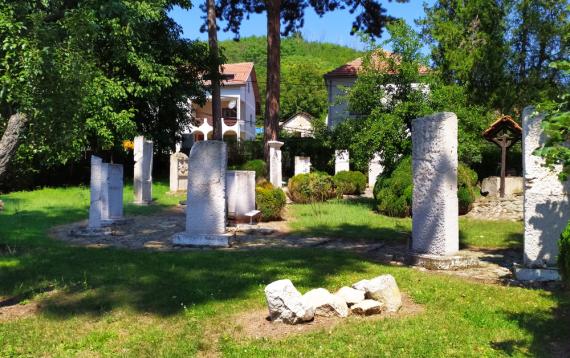
Archeo Park Ravna
The archaeo-ethno park is located in Ravno, 8 km north of Knjaževac, in the yard of the old village school. The oldest houses in the village were built at the beginning of the twentieth century, and the school building was built in 1906. The proximity of the ancient fort Timacum Minus influenced the location of the Archaeo-Ethno Park in this village. Construction began in 1977, and the official opening was in 1989.
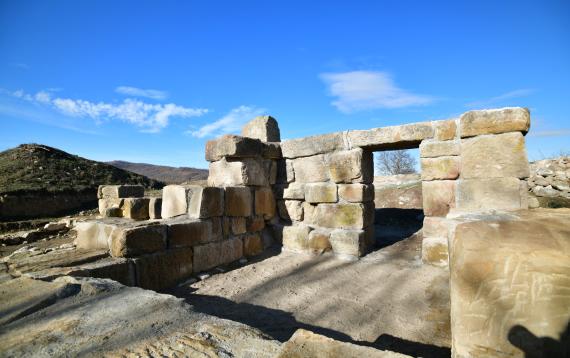
Timacum Minus
The oldest military fortification in the Timok region, Timacum Minus, was built in the Beli Timok valley, near the village of Ravna, not far from Knjaževac. Archaeological investigations of this locality indicated the continuity of settlement from prehistoric times to the Middle Ages.
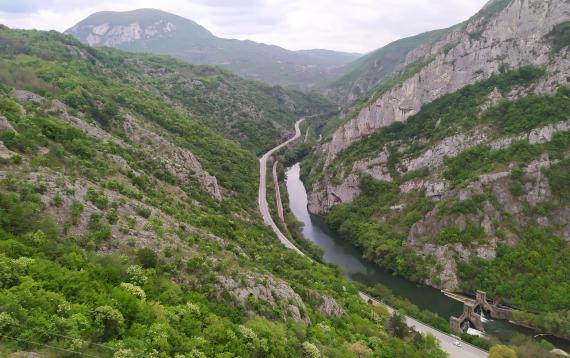
Svrljig grad
The old fortress named Svrljig Grad is located on the left bank of the river Timok, on the high mount rock above the mouth of the Belica River, in the most beautiful and the most inaccessible part of the Niševačka/Svrljiška gorge.
South Serbia
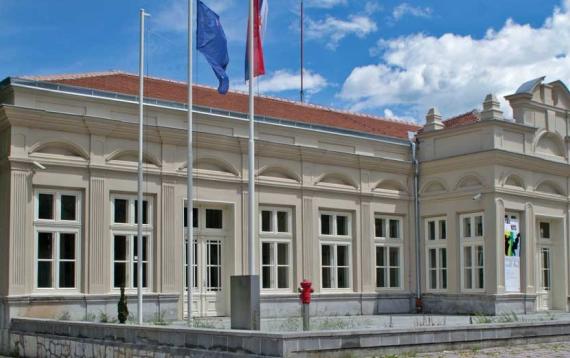
Officers Club
Officers Club building in Niš is located in the July 7th Park on the Nišava promenade. This building, built ten years after the liberation of Niš from the Turks in 1890, is under state protection and has the status of a cultural asset of great importance. During its existence, it was the place of the most important political and parliamentary events in Serbia.
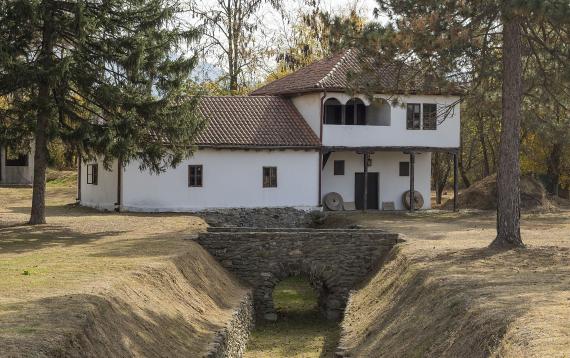
Textile Museum
The Textile Museum in Strojkovce is the only museum of this kind in Serbia. It is located in a watermill that was built in the second half of the 19th century. Concerning its size and living premises, it was owned by wealthy Turks. In 1884, the enterprising people of Leskovac opened the first braid factory in it, which is considered the beginning of the textile industry in Serbia.
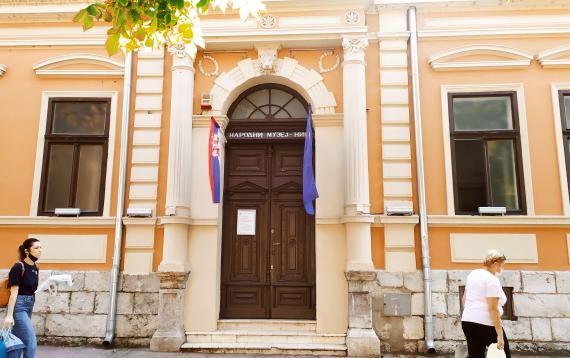
National Museum Niš
National Museum Niš was founded in 1933. It is one of the most important museums in Serbia which take care and make presentation of Skull Tower, Mediana archeological site, Concentration camp "12th February", Gallery Synagogue, Archaeological Hall — permanent exhibition and Memorial - literature exhibitions dedicated to famous Serbian writer Stevan Srernac and famous Serbian poet Branko Miljković.
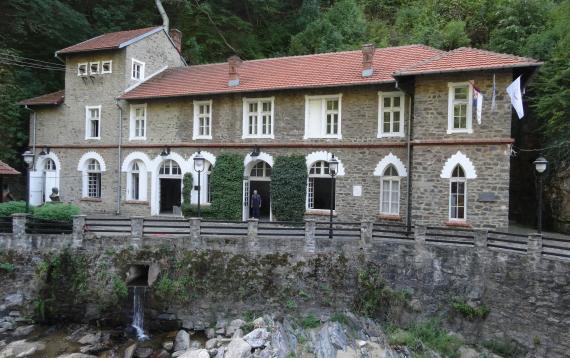
Hydroelectric Power Plant “Vučje”
The small hydroelectric power plant Vučje is the second oldest hydroelectric power plant in Serbia, after Djetina. It’s located a few kilometers above the village of Vučje near Leskovac, and built in 1903 on the beautiful river Vučjanka. Since the power plant is 17 km away from Leskovac, the transmission line was built for the electrification of the town, the first in the Kingdom of Serbia.
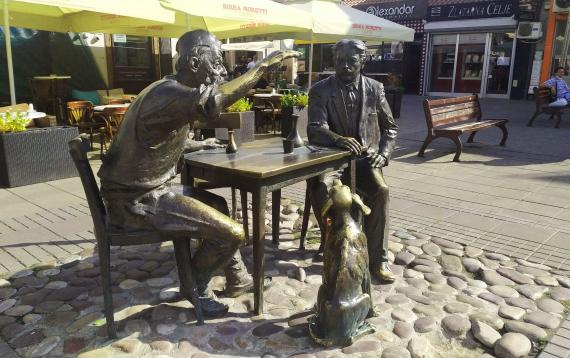
Tinkers Alley
In addition to numerous historical sites, Niš also offers a walk along the river promenade, the pedestrian zone of King Milan Square, Obrenovićeva Street, and Tinkers Alley „Kazandžijsko sokače“, the only preserved part of the old Niš bazaar, which today houses bars and taverns with traditional cuisine.
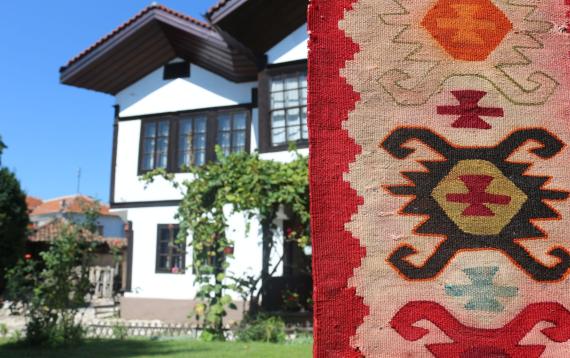
Museum of Ponišavlje Pirot
The Museum of Poinišavlje is located in the house of the Hristić family, which represents the best-preserved monument of traditional architecture from the mid-19th century in Pirot. With its beauty and architectural features, it exceeds the borders of Serbia and forms part of the cultural heritage of the Balkans.
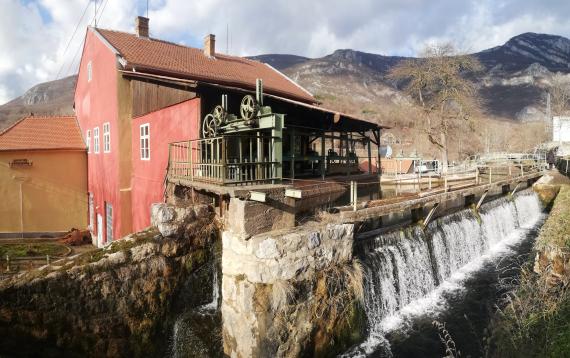
Small Hydroelectric Power Plant “Sveta Petka”
The small hydroelectric power station "Sveta Petka" was the first facility of its kind built in the Sićevo gorge on the Nišava River, near the village of Ostrvica in 1908, in the then Kingdom of Serbia. It was built according to the project of mechanical engineer Aćim Stevović, while the supplier of equipment for the hydroelectric plant was Siemens-Schuckert Werke from Germany. For more than a hundred years from 1908 to the present, it has been working continuously without major overhauls.
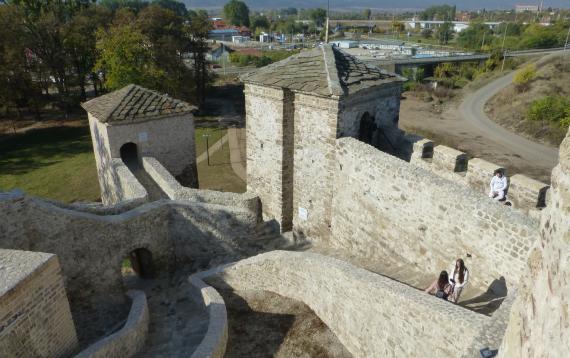
Kale Fortress Momčilov Grad
A Kale Fortress is a smaller fortification with towers and walls. The fortress consists of three parts: the upper town with a donjon tower, the middle part with a rampart and two towers, and the lowest - the lower town with a rampart and a brick moat.
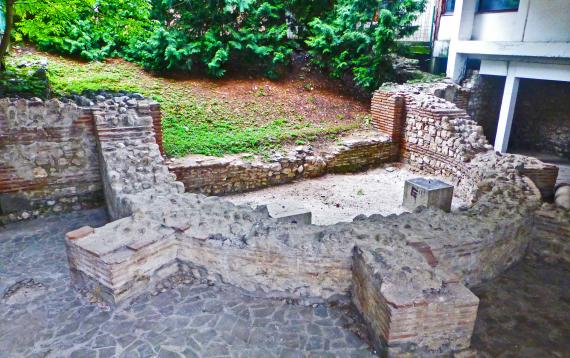
Basilica Remesiana
Remesiana was an ancient Roman city and former bishopric, which remains an Eastern Orthodox and also a Latin Catholic titular see, located around and under the modern city of Bela Palanka in Serbia.
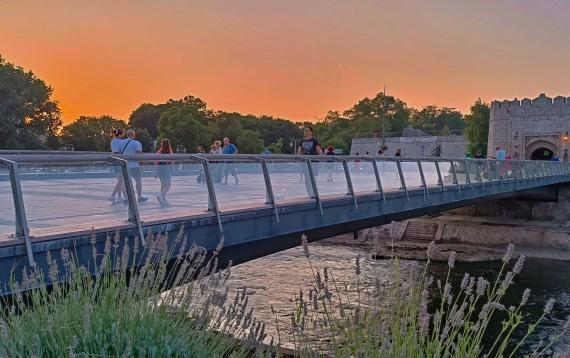
Niš Fortress
The symbol of the city Niš Fortress is a cultural monument of great importance. With its immediate surroundings, it has been under state protection since 1948. Located in the very center of the city on the right bank of the Nišava River, its final shape, after numerous demolitions and renovations, was given in 1723, when the Turks restored it.

Hydroelectric Power Plant “Sićevo"
The basis for the construction of the power plant was a concession at the expense of war reparations, which the city of Niš received for the purpose of building this hydropower plant. Preparatory work on the construction began in May 1921, while it was planned to be completed in the summer of 1929.
Hydroelectric Power Plant “Temac”
The small hydroelectric power station "Temac" is located in the area of the village of Temska and the river Temštica, upstream from the 14th century monastery Saint George. It has been in operation since 1940, and until May 1990 it worked continuously without major overhauls since the beginning of production, when it stopped working due to uneconomical conditions and was preserved in working condition.

Mediana
Archaeological park Mediana, declared an immovable cultural asset of exceptional importance, is located halfway from the center of Niš to Niš Spa. Tourists can see the remains of a Roman settlement built during Emperor Constantine's the Great and the sons' reign, from the end of the 3rd and beginning of the 4th century.
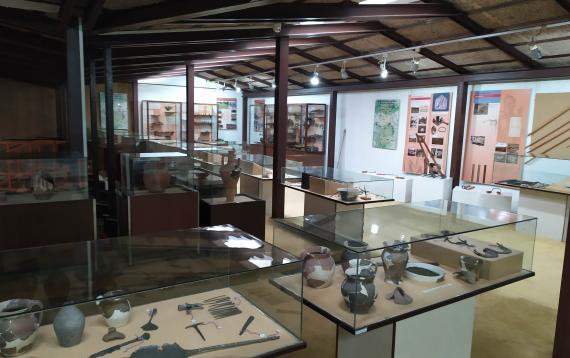
National Museum of Toplica
National museum of Taplica was founded in 1946 in Prokuplje. The museum has archaeological collection, collections dedicated to Toplica uprising of 1917, collections dedicated to NOB during the Second World War, a room with ethnological material and two galleries. One of two galleries is within the museum, and another one is a separate object. The building in which the museum is located was built in 1925, and represents protected cultural monument.
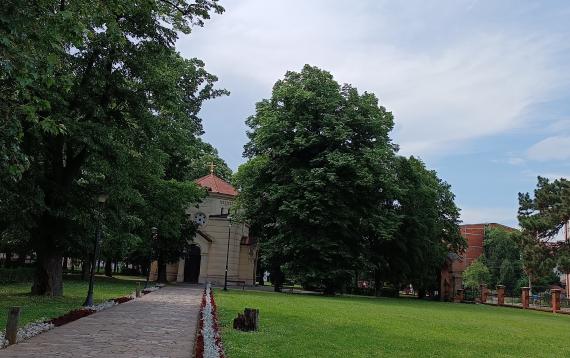
The Skull Tower
A cultural monument of exceptional importance from the time of the First Serbian Uprising was built by the Turks from the built-up heads of the killed Serbian insurgents after the Battle of Čegar as a sign of revenge.
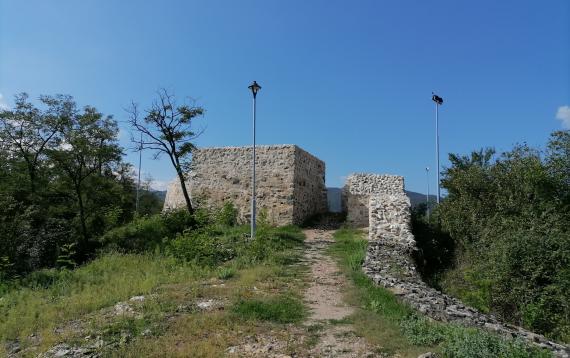
Jug Bogdan’s Fortress
Jug Bogdan’s Fortress is situated at the top of Hisar hill in Prokuplje. In its present form, the fortress is built in second half of the 14th century in order to protect against Ottoman attacks, but it’s certain it is built on older basis from Roman era. The fortress is under protection of Republic of Serbia and represent a cultural monument of great importance. The fortress hosts various cultural events such as concerts, and theatrical play.
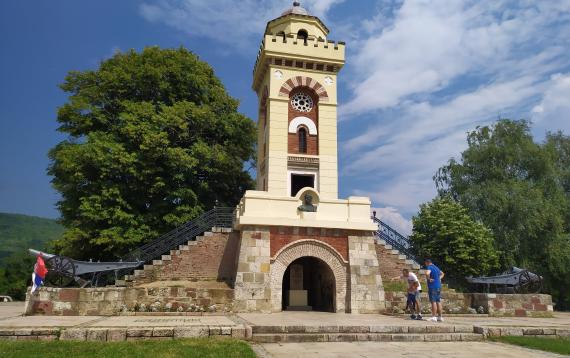
The Monument Čegar
A cultural monument of exceptional importance was built on the hill Čegar not far from Niš, where the famous Battle of Čegar took place.
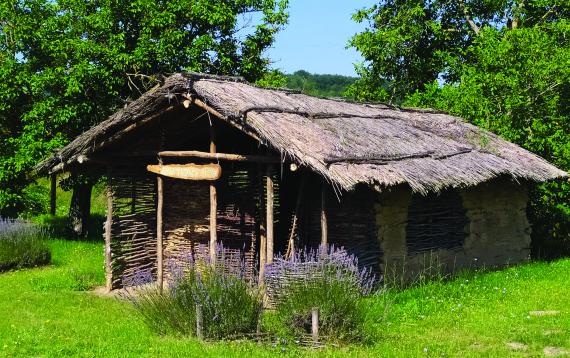
Archaeological Site Pločnik
The archaeological site Pločnik is a Neolithic place of the Vinča culture, and it is located in the village of Pločnik near the river Toplica and Prokuplje. This Neolithic settlement was found in 1927 while tracing the railway Prokuplje-Kursumlija. This settlement consisted of several units and its habitants were mainly engaged in agriculture.
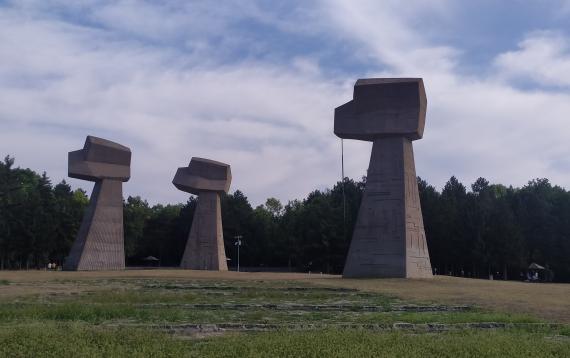
Memorial Park Bubanj
The Memorial Park Bubanj was built in memory of more than ten thousand citizens of Niš and southern Serbia who were shot during the Second World War.
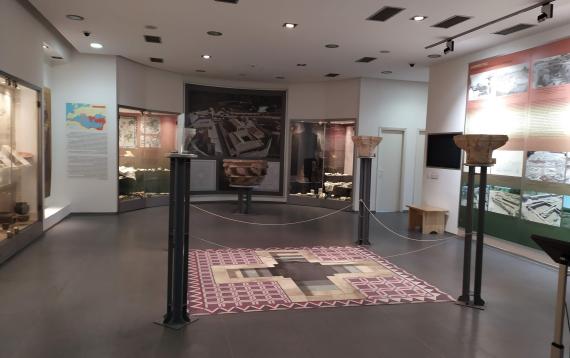
National Museum Leskovac
The National Museum in Leskovac is a regional museum heritage institution with a vision to contribute to the development of modern society, presenting knowledge about Leskovac and the Leskovac region in an interesting and attractive way to the local population, but also to the wider community.
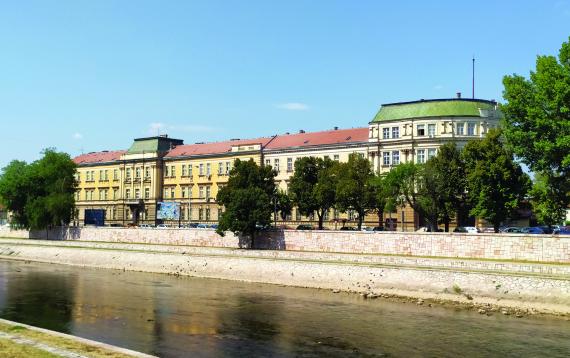
Banovina Building
The former building of the old Niš administration and the Cabinet of the Prime Minister of Serbia, Nikola Pasić, in which a telegram was received on July 28, 1914, by which Austria-Hungary declared war on Serbia, formally marking the beginning of the First World War. It is located across the Niš Fortress, and was built after the liberation from the Turks in 1878 as a building which, with its position, dimensions and stylistic characteristics, represented a monumental and most representative building of the former Niš.
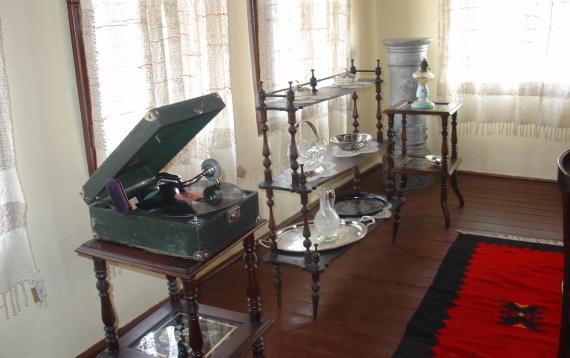
Ethno House
It is one of the most beautiful old houses in Leskovac, more than 150 years old, and is a striking example of a Balkan-style house. It was built in the second half of the 19th century and belonged to the prominent family Dimitrijević.
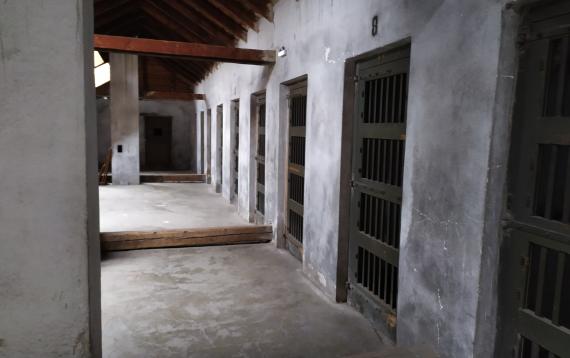
The Concentration Camp "12. February"
The concentration camp „Crveni krst“ or Red Cross in english was one of the camps established throughout Serbia by the German occupation forces in 1941. The camp held patriots regardless of their political orientation, as well as a large number of Jews and Roma. It is also known as the first camp at that time from which a great escape of 147 inmates was organized on February 12, 1942.
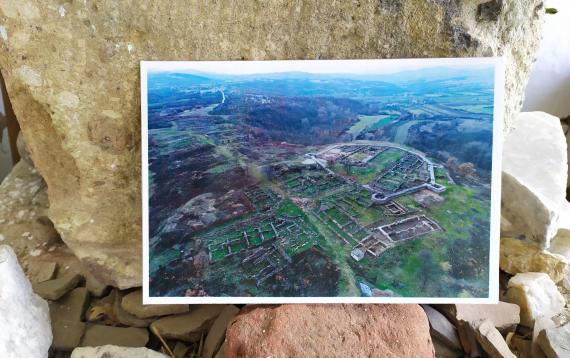
Justiniana Prima
Justiniana Prima Archeological Site is located in the south of Serbia, 30 km southwest of Leskovac, in a valley stretching between the rivers Jablanica and Pusta Reka. Most researchers today consider this impressive early Byzantine city of Justinian Prima, the endowment of one of the largest Byzantine emperors — Justinian I (527-565).
West Bulgaria
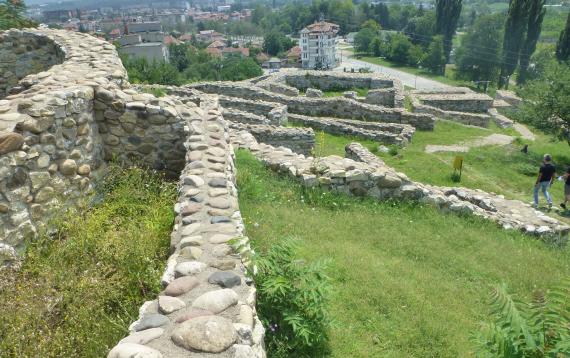
Castra Ad Montanesium
Castra ad Montanesium is a ruined Roman fortress in Montana, Bulgaria. It was Info center Info center settlement.
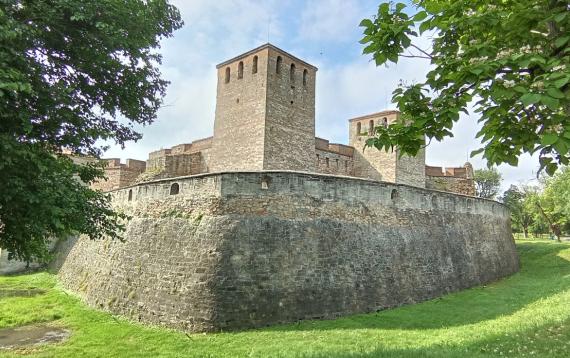
Baba Vida Fortress
The castle is located in the northern part of the town of Vidin, on the banks of the Danube River, and is known by the name "Baba Vida". According to legend, Vida was the eldest daughter of a Bulgarian boyar with extensive possessions. Having learned from the unsuccessful marriages of her sisters - Kula and Gamza, she rejected all offers of marriage, built an impregnable castle, and spent her whole life in it.
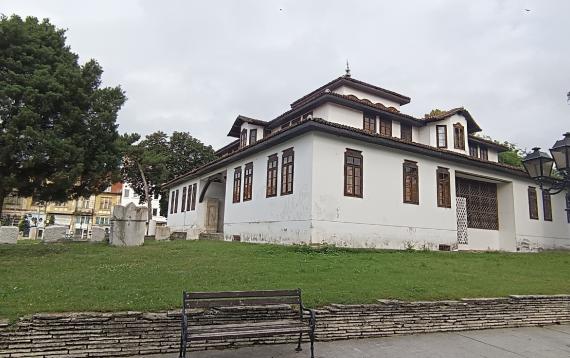
Konaka museum
The Historical Museum Vidin, sometimes shortened to Konaka Museum is located in Vidin, Bulgaria. The museum, founded in 1956, is situated in a former Ottoman konak. After liberation, the building was reconstructed and enriched with elements from Bulgarian Renaissance architecture.
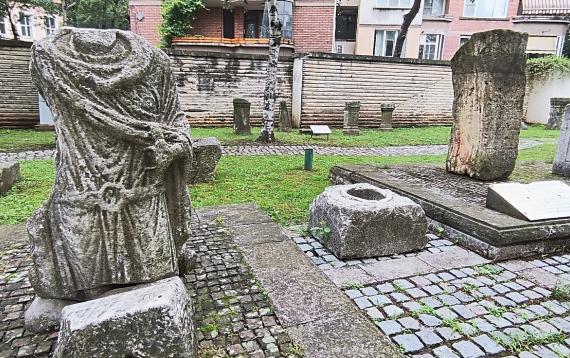
Regional Historical Museum Montana
The Montana History Museum was founded in 1951. The collection includes many valuable exhibits related to the extraordinary history of Montana and the region. In 1991, it became a historical museum.
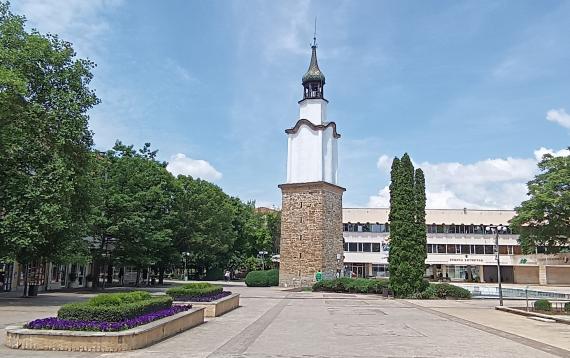
Clock Tower Botevgrad
The Clock tower of Botevgrad is the symbol of the town and a part of 100 Tourist Sites of Bulgaria. Its clock mechanism still rings every hour with a respective number of bell rings based on the current hour. It was constructed in 1866.
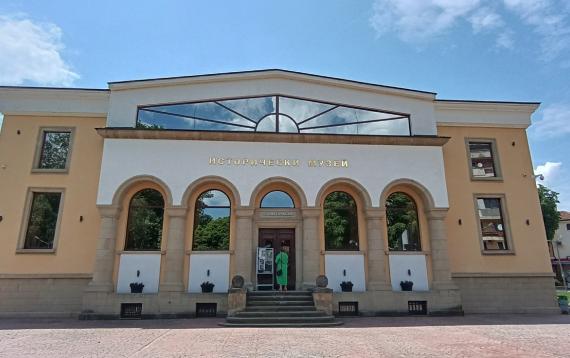
Historical Museum Botevgrad
The beginning of the museum work in Botevgrad was set in 1937 when a museum gathering was organized at the local high school. In 1952 the enriched and expanded collection was declared a state museum. As a result of long-term collecting work, several museum expositions were organized, the last one was opened in 1991.
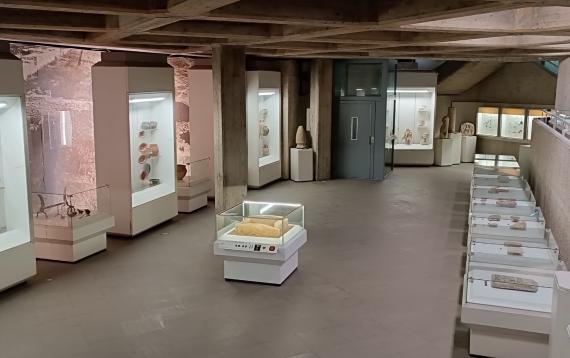
Regional Museum Vratsa
Historical Museum in Vratsa, Bulgaria, is one of the prominent cultural institutions in the town. It showcases the rich history and cultural heritage of the region, offering visitors a glimpse into the past.
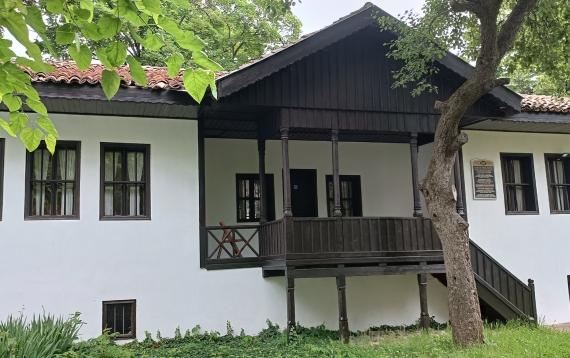
Etnography and revival complex “St. Sofronii Vrachanski”
Ethnography and Revival Complex "St. Sofronii Vrachanski" is a historical and cultural site located in the town of Vratsa, Bulgaria. It serves as a museum and an open-air exhibition that showcases the traditional lifestyle, customs, and crafts of the region during the Bulgarian National Revival period.
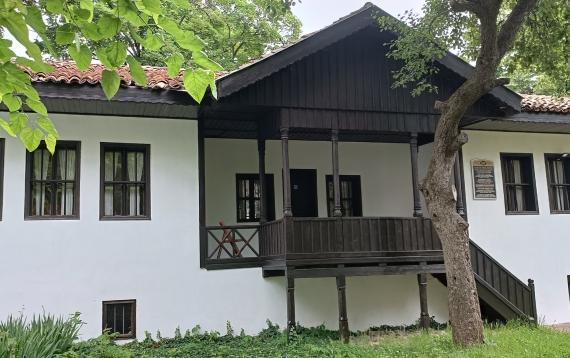
House of Ivan Zambin
Ivan Zambin is a descendant of a noble family from Vratsa. He was very educated for his time, and fluent in Greek, Turkish, Wallachian, and Russian languages.
